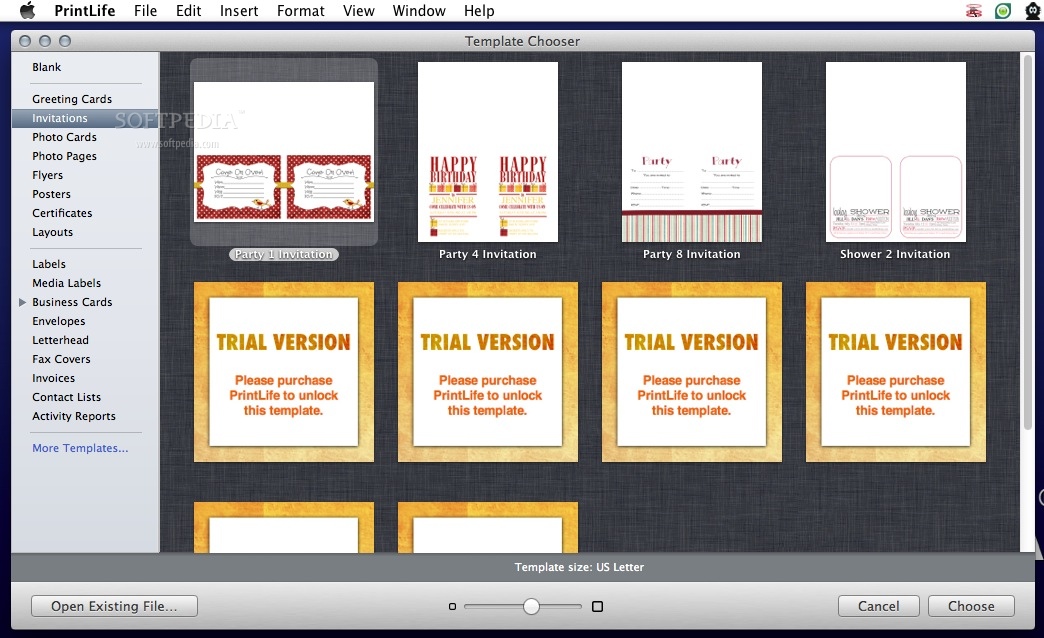
Synonym for a duration type that has a tick period of 1 minute. Synonym for a duration type that has a tick period of 1 second. Synonym for a duration type that has a tick period of one-thousandth (1/1,000) of a second. Synonym for a duration type that has a tick period of one-millionth (1/1,000,000) of a second. Synonym for a duration type that has a tick period of one billionth (1/1,000,000,000) of a second. Operator objects are less than or equal to another.ĭetermines whether various objects are equal to each other.ĭetermines whether various objects are greater than another.ĭetermines whether various objects are greater than or equal to another.įor more information about ratio types that are used in the following typedefs, see. Provides syntax to create calendar dates. Multiplication operator for duration objects. Operator for modulo operations on duration objects. Inequality operator that is used with various objects. Gets an updated time zone database entry.Ĭhecks for an updated time zone database entry.

Gets the list of time zone database entries. Returns a time_point object rounded as a specified type.Ĭasts a time_point object to a specified type. Returns a duration object rounded as a specified type. Parse the input stream into one of the std::chrono time or interval types such as day, month, weekday, year, and so on, using the specified format. Returns the floor of a time_point object as a specified type. Returns the floor of a duration object as a specified type. Returns the ceil of a time_point object as a specified type.Ĭonverts a time_point from one clock to an equivalent time_point for another clock.Ĭasts a duration object to a specified type. Returns the ceil of a duration object as a specified type. Used to associate a different default time zone with a zoned_time, and optionally map a custom name to that default time zone.Įrror thrown when a local_time is converted to a sys_time and the result is ambiguous.Įrror thrown when a local_time is converted to a sys_time and the result is a time that doesn't exist. Represents a copy of the time zone database.Ī pairing of a time_zone and a time_point with a specified precision. Provides a low-level interface to time zone information about the result of converting a sys_time to a local_time.Īll time zone transitions for a specific geographic area. Provides a low-level interface to time zone information about the result of converting a local_time to a sys_time.
#Cronos printlife for windows how to#
This clock accounts for leap seconds, and is the time standard used around the world.Īn enum that specifies how to resolve the ambiguous conversion of a local_time to a sys_time. Measures time since 00:00:00 UTC on Thursday, January 1, 1970. This clock doesn't account for leap seconds. Measures International Atomic Time (TAI) starting from Thursday, Januat 00:00:00. This clock is preferred for measuring time intervals.Ī clock based on the real-time clock of the system. Measures time starting from the first Sunday of January 1980 at 00:00:00 UTC.Ī pseudo-clock used as an argument to the time_point template to indicate that the time_point represents local time.Ī steady clock. The last day of a specific month and year.Ī specific year, month, and nth weekday of the month.Ī specific year, month, and last weekday of the month.Īn alias for the clock used for std::filesystem::file_time_type, which is used to express file timestamps.Ī clock that keeps GPS time.

For example, July 30.Ĭombines a day of the week with an index that represents the weekday of the month.Ī year and month. The data returned by get_leap_second_info.Ī specific day of a specific month. Used to indicate the last item in a month such as last day of the week of a month (the last Tuesday of February 2020) or the last day of a month (the last day of April 2019).Ī date and a value for an inserted leap second. Splits a duration into hours:minutes:seconds. Provides specific values for the duration template parameter Rep.
#Cronos printlife for windows windows#
Using the time-zone facilities on older versions of Windows results in a runtime error.ĭescribes specializations of class template common_type for instantiations of duration and time_point.Ī day of the month. A database of these changes was added to Windows 10. Regional legislatures occasionally make changes to time zones, and an international standards body specifies when new leap seconds should be accounted for. However, this isn't necessarily the case for other implementations. In the Microsoft C++ implementation, steady_clock::time_point is now a typedef for chrono::time_point.



 0 kommentar(er)
0 kommentar(er)
